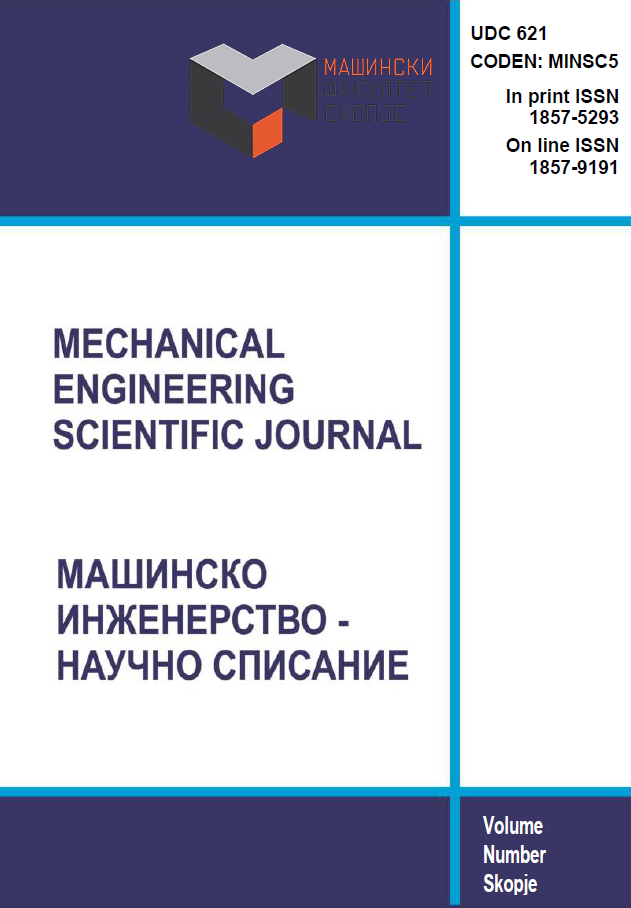677.OVERCOMING INDUSTRIAL ROBOTICS CHALLENGES AND THE ROLE OF OFFLINE PROGRAMMING
DOI:
https://doi.org/10.55302/MESJ24421033djKeywords:
welding robot, robot programing, OLP, GMAW, MIG/MAGAbstract
Industrial robots play a pivotal role in modern industrial production, with robotic welding standing out as a crucial application. This paper analyzes the utilization of online and offline programming methods to optimize robotic welding processes, with an application of Gas Metal Arc Welding (GMAW) techniques. GMAW offers excep-tional versatility, including adaptability to various plate thicknesses, high productivity rates, compatibility with diverse materials, and the ability to weld coated metals. The synchronization of robotic movements and positioners plays a crucial role in ensuring precise welding execution. This complexity is particularly evident in scenarios involving weld-ing complex curves, where coordinated movement between the robotic arm and positioner is essential for successful outcomes. In this study, an experiment involving the welding of a pipe-pipe joint using a robot with 6 and positioner with 2 degree of freedom is presented. By applying synchronized movement, seamless welding operations are achieved, highlighting the importance of advanced programming techniques and synchronized operations in enhancing the effi-ciency and precision of robotic welding in industrial production.Downloads
Published
24-06-2024
Issue
Section
Articles





